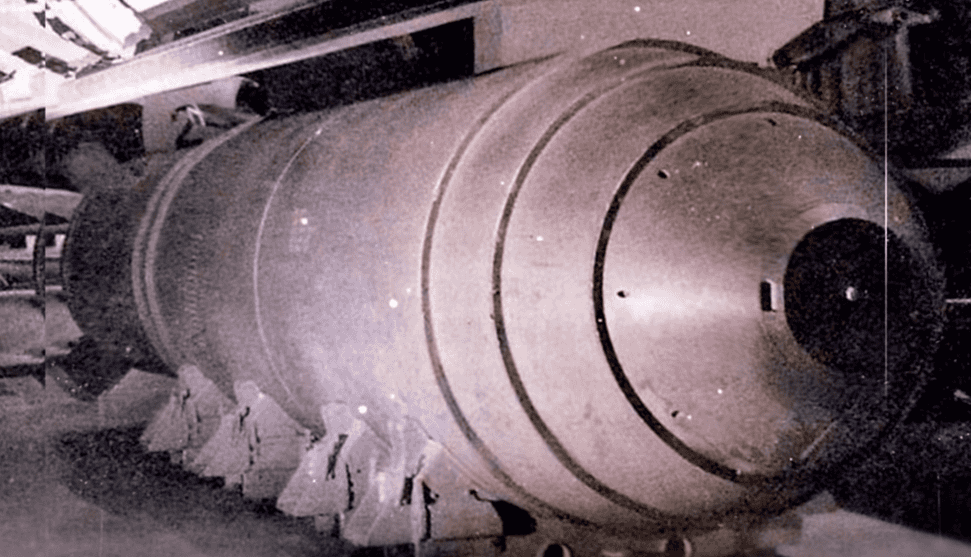Atomic and hydrogen bombs are absolutely destructive and have caused loss of life along with millions of dollars in damage over the years. The fact that the human species developed something so destructive is an amazing feat, but also frightening.
YouTube channel Riddle released a video showing how atomic and hydrogen bombs actually work. Watch it below:
Some people believe that atomic and hydrogen bombs are the same thing, however, while they both fall into the “nuclear weapons” category, there are some differences between the two. The main difference is in how they explode.
The atomic bomb usually looks like a long torpedo, with the dangerous components stuffed inside. Several heavy elements packed into the bomb, namely Uranium-235, react to cause the blast. There are four to five critical masses of matter concentrated inside the bomb. The main way to achieve this explosion is implosive. Inside the bomb are all of the necessary components for a nuclear reaction, but the critical mass has not been reached. An explosive on the outside of the bomb is detonated and the space inside the bomb begins to shrink towards the center of the shockwave. The density of the uranium or plutonium inside will increase and explode.

In a hydrogen bomb, energy is released due to thermonuclear fusion. A very quick explosive reaction takes place inside the charge with help from deuterium and tritium. Other heavier elements can be used as well, but the main effective substance is lithium hydride. This substance does not produce an explosion by itself, so it is usually detonated by an integrated nuclear device — more simply referred to as a detonator. When it is activated, energy is released, triggering the explosive thermonuclear reaction inside the bomb. Interestingly enough, with hydrogen bombs, there is no limit to the power it can pack. In theory, one could be developed that would wipe all humanity off of the planet.

These weapons are measured through TNT equivalent, usually expressed in kilotons and megatons. The nuclear weapon dropped on Hiroshima in 1945, called “Little Boy,” had a capacity of 13 to 18 kilotons of TNT. “Fat Man,” the weapon that destroyed Nagasaki three days later, had a capacity of 21 kilotons.
Not only do these bombs cause complete chaos and destruction, but there are also massive radiation risks. There are three main types of ionizing radiation: alpha, beta, and gamma. All of them contaminate the area affected by a nuclear explosion. These cause serious radiation sickness, cancer, and gene mutations.
As of now, nine countries have nuclear weapons deployed to foreign installations. There are about 15,000 nuclear warheads around the world with varying ranges of power.



